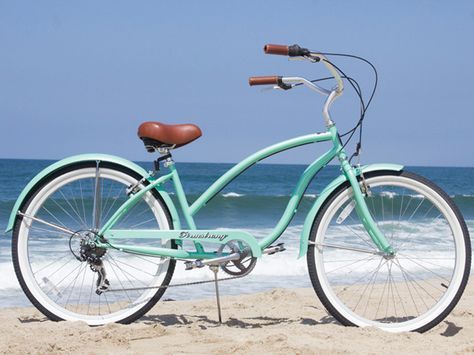7 Beginner to Intermediate Cycling Tips for a Smoother Life on Two Wheels
Whether you’re a complete beginner or you’ve got a couple of bicycle trips under your belt, it’s great to enjoy a smoother ride. That could involve buying a better set of tires, but equally, it could be something important but less practical.
Here are 7 tips for beginner to intermediate cyclists.
1. Ride Slower to Avoid Accidents
Drivers often glance in their side mirror and see clear space for a turn-off, but then as they do so a cyclist sideswipes them. Why does this happen? Because they failed to double-check before making the turn. Also, because people on a bicycle often ride too quickly!
Avoiding accidents on the road is benefited by not riding as fast as your gears will allow you to do so. While it’s great to feel the wind in your hair, it doesn’t allow ample time to brake to avoid a potential accident. Be ready to slow down in anticipation of problems on the road.
2. Get the Right Insurance
Some people believe that they’ll never have an accident. But it does happen, and the odds are, even the most proactive, defensive riders will eventually get into a spill. To deal with these issues, it’s always best to have insurance for bicycle accidents to ensure you’re fully covered. Not any old insurance provider will do though. A company like Velosurance is well-positioned to offer insurance for bicycle accidents that covers a regular bike, cargo bike, e-bike, and another type. Also, members of relevant cycling associations, including the International Mountain Bicycle Association, receive discounted rates too.
3. Bike Size Between Brands Isn’t a Constant
If you’re past the beginner stage and now looking to upgrade your bike, then be careful with the bike frame sizes. There aren’t comparable on a like-for-like basis. It depends on the brand and how their model is built because the same height frame will feel different for the rider.
Also, if the bike is primarily for road use, a gravel or adventure bike offers tires that will provide a smoother ride. Your backside will thank you later!
4. Invest in Better Cycling Clothing
While choosing a bicycling helmet, it should all be produced to meet the same safety standard. The right clothing is important too. Therefore, while some brands sport some snazzy colors and attractive design aesthetics, read reviews to see if the item is fit for purpose.
Put your time into finding cycling clothing that is high-quality, durable, and comfortable. Paying up for bib shorts that will last is vastly better than sinking extra into a helmet beyond what will already get the job done. Also, you’ll end up needing to replace your gear less often too.
5. Pay More Attention to the Weather
Getting to a destination and then needing to turn around and return after the weather has turned on you is no fun. Trying to tough it out while your hands are so cold that your fingers are numb makes it harder to feel the brakes and control your ride.
Look at anticipated precipitation. If it pours down unexpectedly, you’ll want to have your rain gear either on or quickly accessible before it happens. Also, if you’re meeting anyone, you can allow more time to your destination because the roads will be slick.
6. Weekly Bike Maintenance
For regular riders, if you take care of your ride, it’ll take care of you.
When covering a bunch of miles every week, it takes a toll on the bike. Give the bike a thorough clean and wipe down. Degrease it so it doesn’t get clogged up and then add new grease to ensure everything runs smoothly.
Also, listen out for unusual sounds coming from the bike. Bikes should not make sounds on their own. It indicates something needs adjusting, fixing, or replacing. Don’t ignore it or you’ll eventually breakdown on the road a distance from home.
Furthermore, have cash at all times in case you get stuck somewhere and need to pay for a ride back (don’t expect there to be an ATM nearby or the ability to pay by a card or Apple Pay/Google Pay everywhere). Bring greenbacks!
7. Be Careful Around the Corners
While you may see cyclists in competitions lean over substantially when taking a bend, that’s usually done on dry patches of road where rain is not expected.
It’s better to only lean a little when taking a corner. If the road surface is slick from rain, then the bike could easily slip out from under you when leaning too far. That won’t be pretty!
By adhering to the suggestions above, it’s likely to lead to a happier time on two wheels. Do take to heart the need for a comfortable pair of cycling shorts. Also, chamois cream is beneficial on longer rides to prevent chaffing. Preparation is extremely helpful with cycling; it covers a lot of bases.
